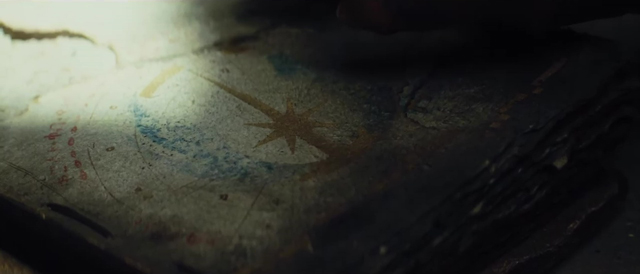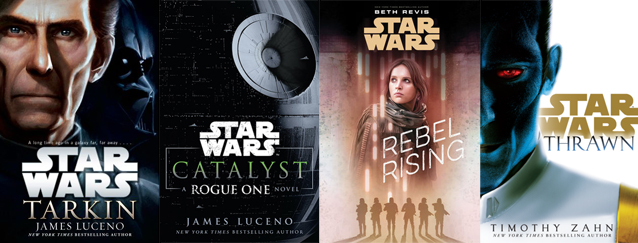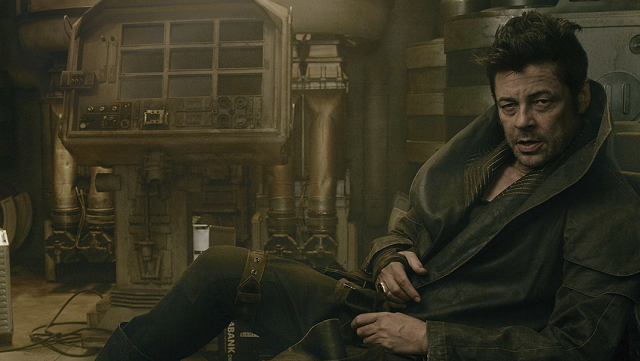
With The Last Jedi seemingly poised to spend a good chunk of time in the environs of the first Jedi Temple, it is likely to include revelations about the history of the Jedi, or even the Force itself, that affected Luke Skywalker profoundly and perhaps contributed to his belief that “it’s time for the Jedi to end.” We’ll have to wait a couple more weeks to find out what those revelations might be, and just how much detail we’re given. But in the meantime, did the Expanded Universe ever get into this?
You’d better believe it did—though impressively, Lucasfilm resisted the impulse to fully explain the Jedi’s beginnings for almost thirty-five years. In 2012, the comic book series Dawn of the Jedi by John Ostrander and Jan Duursema finally pulled back the curtain and stitched the few scant details we did have into a much larger tapestry of brand-new characters and conflicts that still felt true to their trademark brand of Star Wars melodrama. The series was successful enough that a tie-in novel, Into the Void by Tim Lebbon, was released about a year later (and only one year before the reboot was officially announced, meaning the whole project came in pretty close to the wire). Let’s talk about what they came up with. Read More




